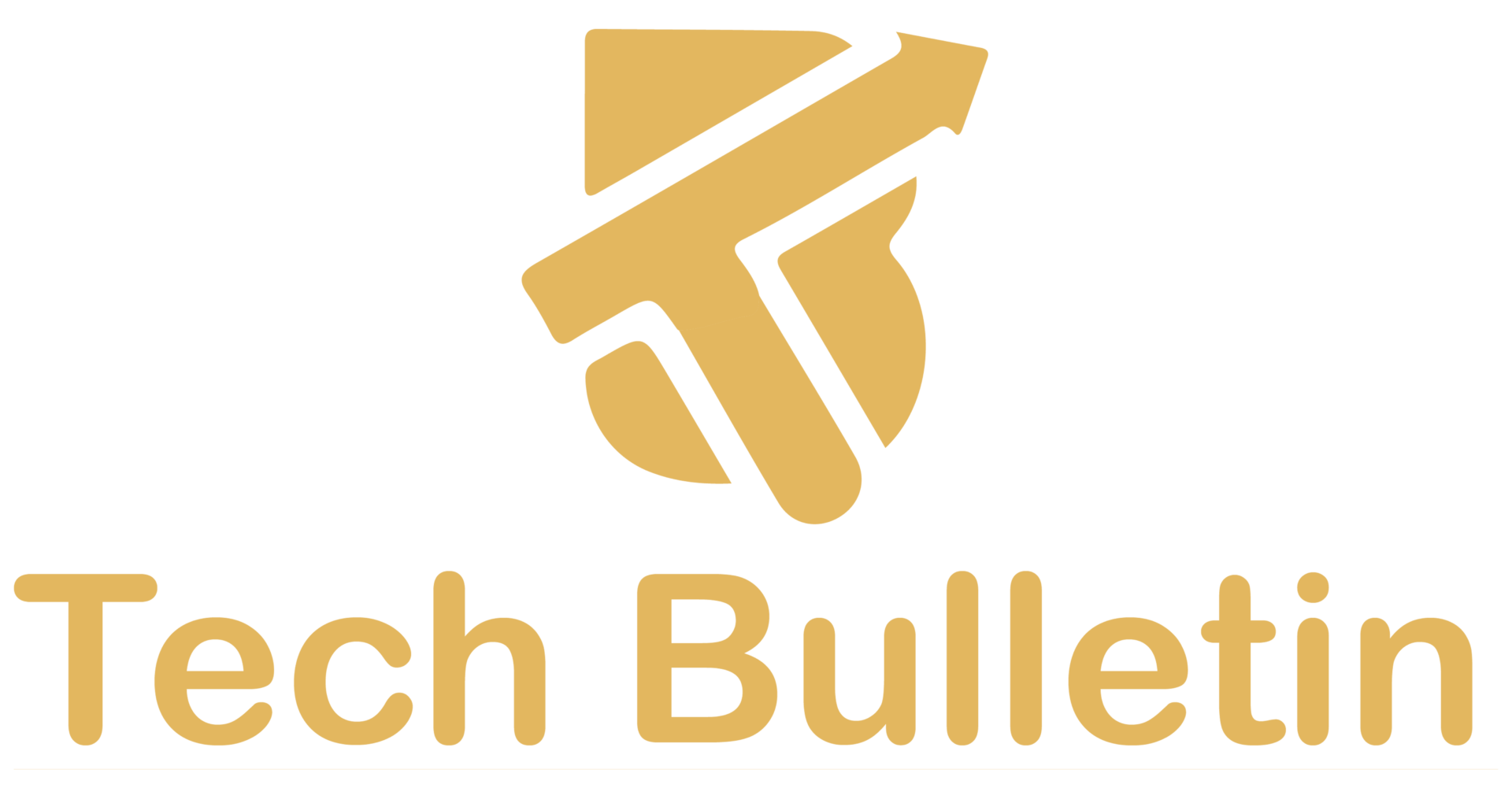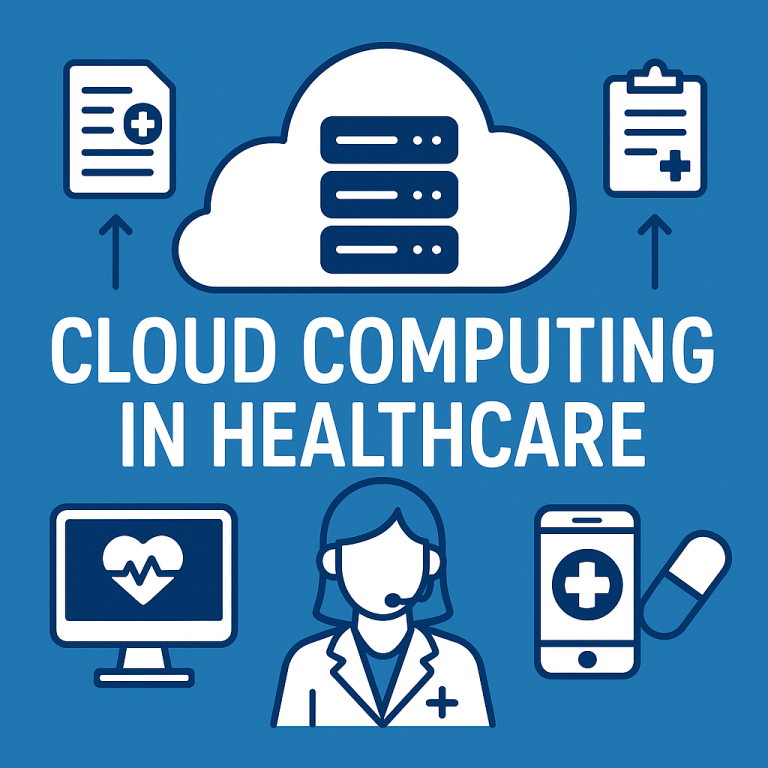Top RPA Automation Business Trends Driving Digital Transformation
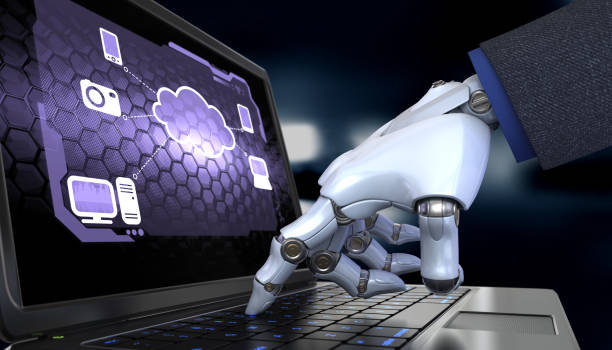
As companies face increasing pressure to optimize efficiency, reduce costs, and enhance agility, RPA has emerged as a key driver of digital transformation. But RPA Automation in 2025 isn’t the same as it was a few years ago. It has evolved from simple task automation to a powerful ecosystem that includes AI, machine learning, and human-bot collaboration.
Market Overview and Growth Projections
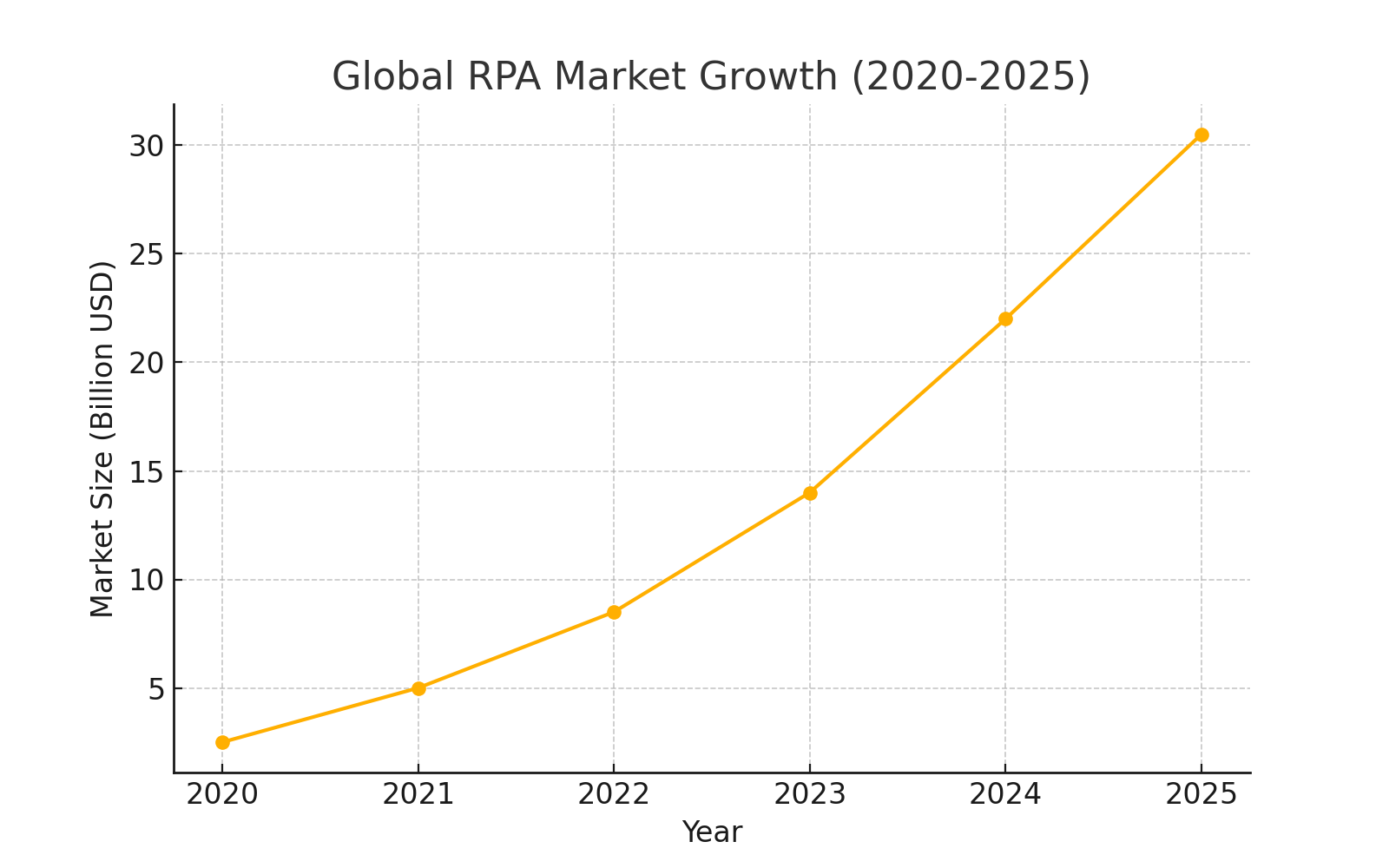
The global RPA market is projected to surpass $30 billion by the end of 2025, with an annual growth rate exceeding 25%. Industries such as finance, healthcare, logistics, and retail are leading the adoption curve. In particular, small and mid-sized enterprises (SMEs) are embracing RPA like never before, thanks to more accessible, cloud-based, and affordable solutions.
Enterprise-scale adoption is fueled by strategic objectives like cost efficiency, risk management, and enhanced customer experience. As a result, RPA is being integrated deeply into business operations, far beyond traditional back-office tasks.
Hyperautomation Takes Center Stage
Hyperautomation refers to the combination of multiple technologies, including RPA, artificial intelligence (AI), machine learning (ML), and natural language processing (NLP), to automate complex end-to-end processes.
In 2025, hyperautomation will dominate the automation landscape. Businesses are leveraging these technologies to make systems more intelligent and decisions more data-driven. For instance:
- AI-powered chatbots handle customer queries across multiple platforms.
- NLP engines interpret legal documents and emails.
- ML algorithms predict outcomes and automate decisions in real-time.
By merging RPA with cognitive tools, companies can automate tasks that were previously thought to be too complex or judgment-dependent.
Rise of Low-Code/No-Code RPA Platforms
Low-code and no-code platforms are democratizing automation, allowing business users (also called “citizen developers”) to build and deploy bots without writing a single line of code.
This trend is especially important in 2025 as:
- It reduces dependency on IT departments.
- Speeds up deployment times.
- Empowers teams to solve their process bottlenecks.
Organizations adopting low-code RPA are seeing improved agility, faster ROI, and stronger innovation pipelines.
Intelligent Document Processing (IDP)
Intelligent Document Processing is revolutionizing how businesses handle unstructured data emails, invoices, forms, contracts, and more. By combining RPA with OCR (Optical Character Recognition), NLP, and ML, IDP systems can:
- Understand and extract meaningful data from complex documents.
- Automate data entry and validation.
- Trigger workflows based on extracted insights.
In 2025, IDP is expected to become a core capability for enterprises processing high volumes of data daily.
Process Mining and Discovery Trends
Understanding where to automate is just as important as the automation itself. That’s where process mining comes in.
By using algorithms to analyze enterprise data, companies can identify process inefficiencies, variations, and automation opportunities. In 2025, process discovery tools will:
- Offer real-time process analytics.
- Recommend automation pathways.
- Track and improve RPA ROI.
Leaders like Celonis and UiPath are integrating process mining into their RPA suites, enabling seamless automation lifecycle management.
Cloud-Based RPA Solutions
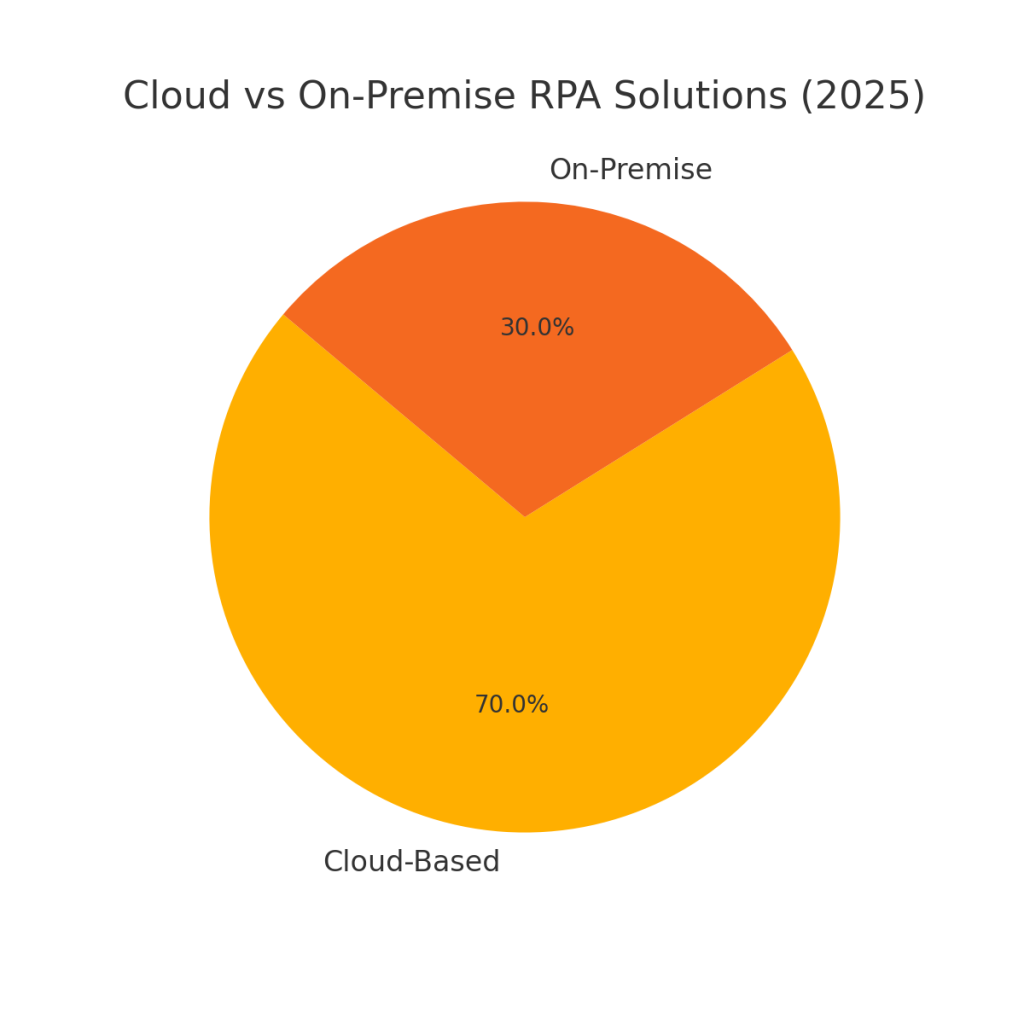
The shift toward cloud-first RPA is accelerating in 2025. Businesses are increasingly moving away from on-premise solutions due to:
- Better scalability.
- Reduced infrastructure costs.
- Faster updates and maintenance.
However, this move demands enhanced cybersecurity measures, compliance with cloud governance, and robust data protection protocols.
RPA-as-a-Service (RPAaaS)
RPA-as-a-Service is transforming automation from a capital investment into a pay-as-you-go utility.
- SMEs benefit from flexible pricing and minimal setup requirements.
- Enterprises enjoy instant scalability and integrated support.
- Providers manage infrastructure, security, and maintenance.
This trend is rapidly democratizing access to enterprise-grade automation.
Human-Bot Collaboration
The age of human-bot teams is here. In 2025, businesses are redesigning job roles to enhance synergy between people and digital workers.
Bots handle repetitive, rule-based tasks, while humans focus on creativity, strategy, and customer engagement. To make this collaboration work, companies must invest in:
- Change management.
- Upskilling employees.
- Integrating bots into everyday workflows.
Citizen Developers and Democratization
Citizen developers are non-technical staff who build automation solutions using intuitive RPA tools. In 2025, this democratization is driving:
- Decentralized innovation.
- Faster problem-solving.
- Greater employee engagement.
But it also raises questions around governance, compliance, and standardization. Companies must balance freedom with control.
Compliance, Ethics, and Security
As automation becomes pervasive, concerns around data privacy, ethical usage, and regulatory compliance are front and center.
RPA in 2025 must align with:
- GDPR, HIPAA, and other data protection laws.
- Ethical guidelines for AI and automation.
- Secure development and deployment protocols.
Transparent governance frameworks are essential to build trust and avoid legal pitfalls.
Industry-Specific RPA Trends
Here’s how RPA is transforming key industries in 2025:
| Industry | Use Cases |
|---|---|
| Healthcare | Patient onboarding, claims processing, appointment scheduling |
| Finance | Fraud detection, KYC verification, loan processing |
| Manufacturing | Supply chain automation, inventory updates, quality checks |
| Retail | Order management, returns processing, customer service |
Each sector tailors RPA to solve its unique challenges, leading to higher productivity and customer satisfaction.
RPA and Sustainability Goals
RPA isn’t just about profits; it’s also helping businesses achieve their Environmental, Social, and Governance (ESG) targets.
- Reducing paper usage via digital automation.
- Lowering energy costs through optimized processes.
- Enabling remote work with virtual task execution.
Eco-conscious automation is a rising trend, and in 2025, it’s being actively embraced by forward-thinking companies.
Challenges in RPA Adoption in 2025
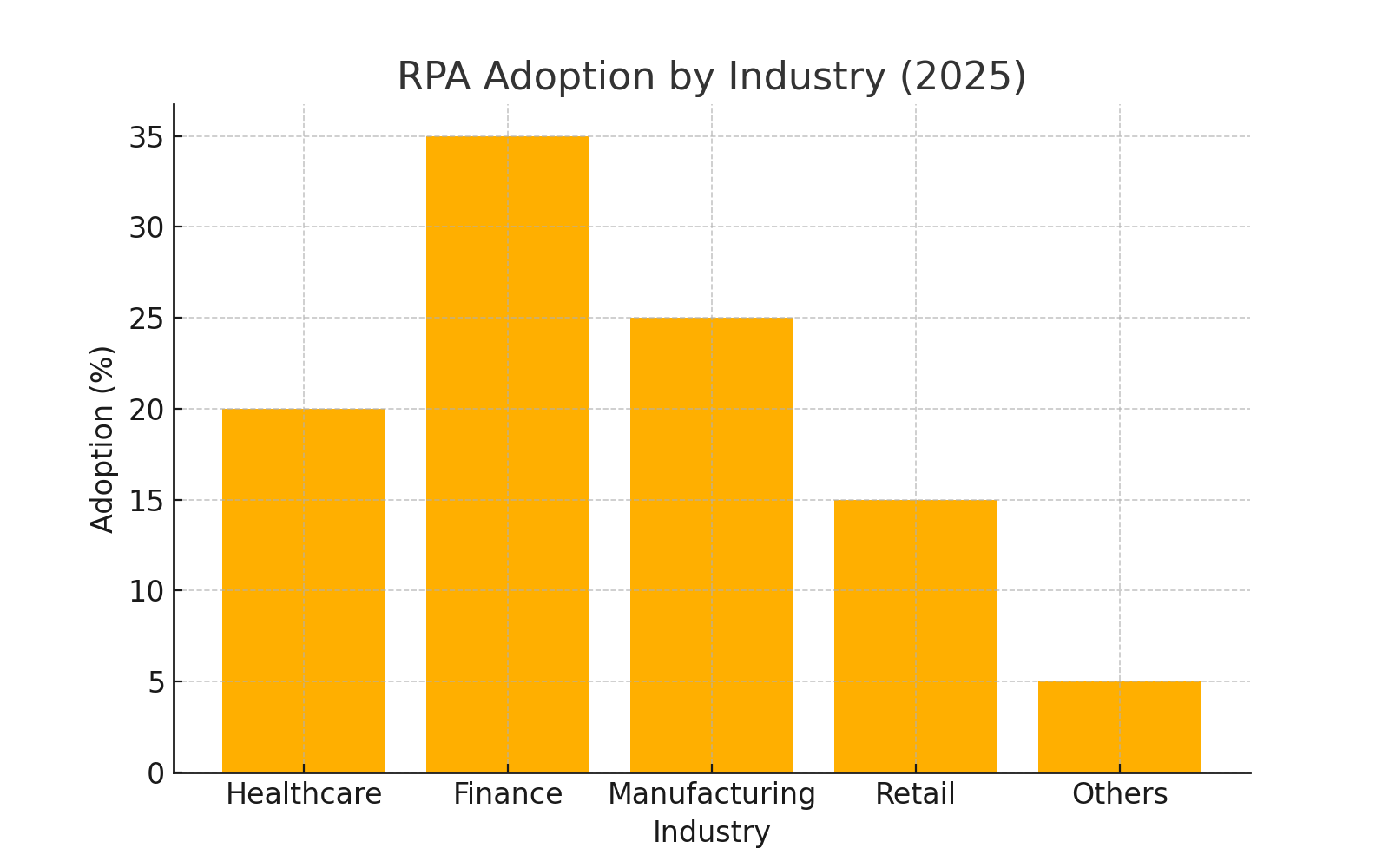
Despite the benefits, businesses face several roadblocks:
- Resistance to change and a lack of skilled staff.
- Poor process selection and unclear ROI.
- Integration issues with legacy systems.
To overcome these, organizations must build strong RPA strategies, prioritize training, and foster a culture of innovation.
Future Outlook: What Lies Beyond 2025
Looking ahead, the RPA ecosystem will continue evolving:
- Bots will become more autonomous and context-aware.
- Integration with blockchain, IoT, and quantum computing may emerge.
- Decision-making bots powered by generative AI will play strategic roles.
Preparing for these future trends today will give businesses a long-term competitive edge.
FAQs
1. What is the biggest RPA trend in 2025?
Hyperautomation is the leading trend, combining RPA with AI, ML, and NLP for end-to-end automation.
2. Are RPA and AI the same?
No. RPA automates tasks; AI enables machines to learn and make decisions. Together, they form intelligent automation.
3. Can small businesses benefit from RPA?
Yes. With RPA-as-a-Service and low-code tools, even SMEs can automate efficiently and affordably.
4. What’s the role of citizen developers?
They are non-tech staff using no-code platforms to create automations, driving innovation from within departments.
5. Is RPA secure for handling sensitive data?
With proper encryption, role-based access, and compliance protocols, RPA can securely manage sensitive tasks.
6. How long does it take to implement RPA?
Simple automations can be deployed in days, while complex workflows may take weeks to months, depending on the scope.

